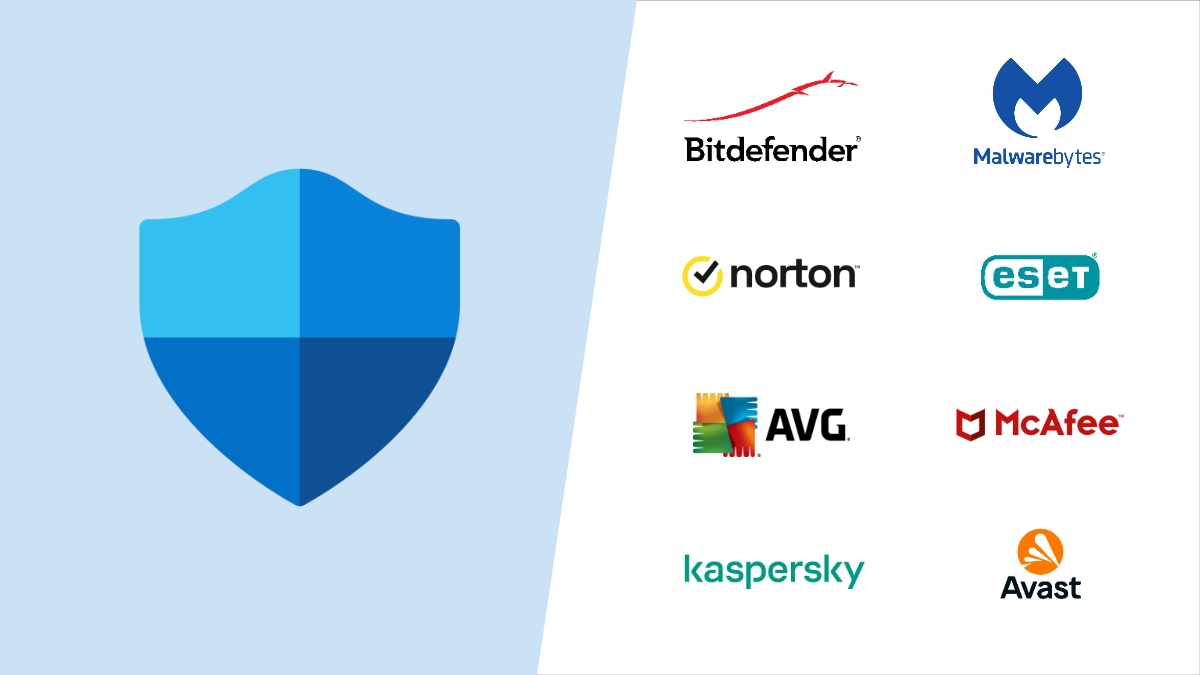Choosing the right antivirus software can be a confusing task, – with various options available, each claiming to be the best. Two prominent choices are Microsoft Defender, the built-in antivirus on Windows, – and third-party antivirus programs from independent vendors.
This article dives into the strengths and weaknesses of both sides, – helping you decide which one provides the optimal security solution for your needs.
In This Article
What is a Computer Antivirus?
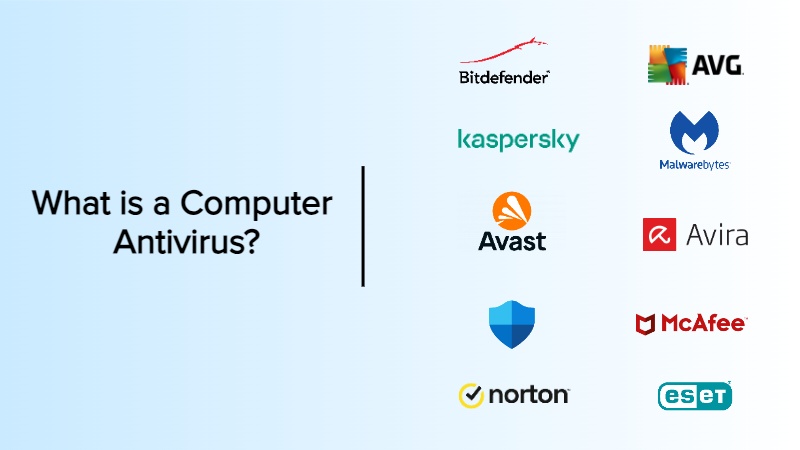
Computer Antivirus is a type of software that is used to – Detect, Scan, and Remove Harmful Software such as viruses from a device.
Antivirus typically runs in the background of a computer system. It constantly monitors for – suspicious activity and provides real-time protection against new threats.
It often comes with additional protection such as – Firewall protection, Web browsing protection, Email scanning, etc.
Also, most of the antivirus software is packed with – automatic updates to keep users safe from – new malware, ransomware, and other computer threats.
Microsoft Defender Antivirus
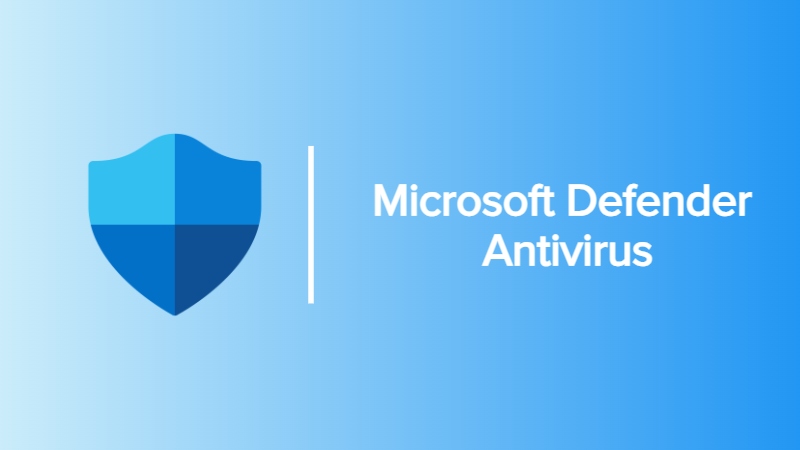
Microsoft Defender, formerly known as Windows Defender, – is an antivirus and antimalware software developed by Microsoft.
It comes pre-installed with the Windows operating system, – providing real-time protection against various types of malware, including viruses, spyware, ransomware, and – other malicious software.
Microsoft Defender provides Powerful Protection against a wide range of malware, – including Viruses, Ransomware, Spyware, and other types of Malicious Software.
Features of Microsoft Defender Antivirus:
Real-Time Protection:
Microsoft Defender continuously monitors your systems in real-time for suspicious activity and malware threats. It can detect infected files as they enter your device – and quarantine immediately without any manual permission.
Virus and Malware Detection:
The primary methods Microsoft Defender mainly uses to detect viruses and malware is virus and malware detection through signature-based detection.
It compares the characteristics of the computer’s files and programs against a database of known malware signatures if a match is found, – Microsoft Defender considers the file as virus and malware-infected and takes appropriate action for that file.
Firewall & Network Protection:
It monitors incoming and outgoing traffic, – blocking suspicious activity and helping prevent unauthorized access to your device.
Device Security:
This includes features like hardware security, core isolation, and controlled folder access, – which work together to further protect your device and data.
Account Protection:
This helps manage your login credentials and settings, – ensuring your accounts are secure.
App & Browser Control:
These features allow you to control which apps and extensions can run on your device, – helping prevent the installation of harmful software.
Compatibility:
Microsoft Defender is compatible with other third-party antivirus software, – although running multiple antivirus programs at the same time can cause problems so Windows usually shuts down Defender automatically if it detects any other antivirus running on the system.
User Interface:
Microsoft Defender Antivirus doesn’t have a dedicated user interface in the traditional sense. Instead, – it’s integrated into the Windows Security app.
This app provides a central hub for managing various security features, – including Defender Antivirus.
Within Windows Security, – you’ll find a Virus & threat protection section that displays your protection status, recent threats detected, – and options for scans and settings.
While it lacks a standalone interface, – this integration allows for easy access and management of your antivirus protection alongside other security features.
Customizable Settings:
Users can customize various settings in Microsoft Defender according to their own preferences and security requirements. These settings include scan schedules, exclusion lists, quarantine management, – and notification preferences.
Automatic Updates:
Microsoft regularly releases updates and security patches to enhance Defender’s functionality and protection against new threats. These updates are usually delivered through the Windows Update services.
Enterprise Features:
Microsoft Defender includes advanced features for enterprise users and organizations, – such as centralized management, reporting, and integration with other Microsoft security products such as – Microsoft Endpoint Manager and Azure Security Center.
Limitations of Microsoft Defender Antivirus
While Microsoft Defender Antivirus is a solid program, – it does have some limitations, especially if you engage in high-risk activities with your computer. Here’s a breakdown of its limitations:
- Limited protection against advanced threats: While good for common malware, – it might not catch the absolute latest or most sophisticated attacks.
- Fewer features: Compared to some third-party options, Defender might lack features like firewalls, password managers, – or dark web monitoring.
- Potential performance impact: In some cases, – Defender can slow down your computer during scans or real-time protection.
Third-Party Antivirus
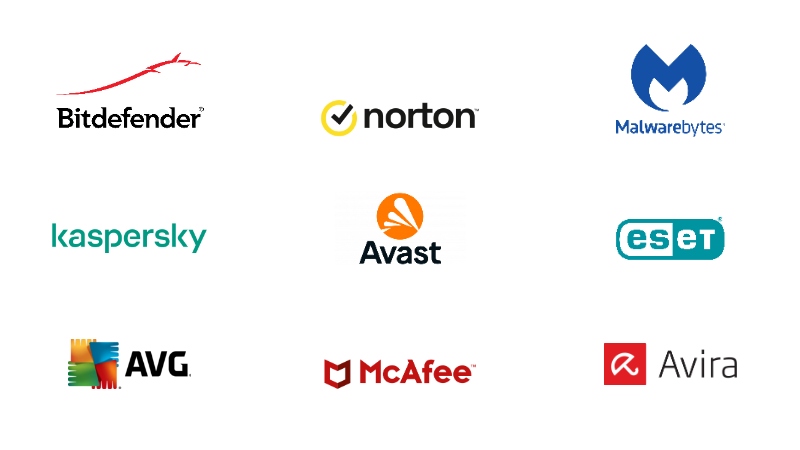
A third-party antivirus is an anti-malware software program developed and offered by a company independent of your operating system (like Windows or macOS). These programs provide similar functionalities to built-in antivirus solutions. Let’s see the features:
Features of Third-Party Antiviruses:
Advanced Security Features:
Third-party Antivirus programs often offer additional security features beyond simple malware protection. They include a variety of features including – advanced firewall protection, email scanning, web protection against phishing sites and malicious URLs, – and also provide Data Theft Protection.
Different Threat Detection Techniques:
Unlike built-in Antivirus solutions like Microsoft Defender, – third-party antivirus software can add a different dimension to threat detection because it uses heuristic analysis, sandboxing, machine learning algorithms, – and cloud-based threat intelligence to detect and block malware and threats.
Customization and Configuration Options:
Third-party antivirus software usually offers extensive customization options, – which help users tailor security settings to their specific needs and preferences.
Users can adjust scan schedules, – define exclusions for files or folders, configure notification settings, and fine-tune other security parameters.
Centralized Management:
Many Third-Party Antiviruses offer Centralized management consoles as solutions for Businesses. These management consoles allow IT administrators – to deploy, monitor, and manage antivirus protection across multiple devices – and endpoints from a single interface.
Subscription Model and Pricing:
Most third-party antivirus software operates on a subscription-based model, – where users pay a fee for access to the software and its updates. Moreover, – there are some third-party antiviruses that provide free antivirus services.
Customer support:
Reputable third-party antivirus vendors usually offer customer support services to assist users with – installation, configuration, troubleshooting, and Malware Removal.
This support can be provided through various channels – including phone, email, live chat, knowledge articles, and community forums.
Limitations of Third-Party Antivirus
Third-party antivirus software, while powerful, – isn’t without its drawbacks. Here are some limitations to consider:
- Cost: Many third-party antivirus programs require a subscription fee to access all their features. While free versions exist, – they might lack real-time protection or advanced features.
- System Performance: Some antivirus programs can be resource-intensive, – potentially slowing down your computer, especially during scans.
- False Positives: Occasionally, – antivirus software might flag harmless files as threats, leading to unnecessary quarantines or blocked actions.
- Compatibility Issues: In rare cases, – third-party antivirus software might conflict with other programs running on your computer, causing instability.
- Over-reliance: A strong antivirus shouldn’t replace safe browsing habits. It’s a layered approach – you still need to be cautious about what websites you visit and what files you download.
Who needs to use Third-party Antivirus Software?
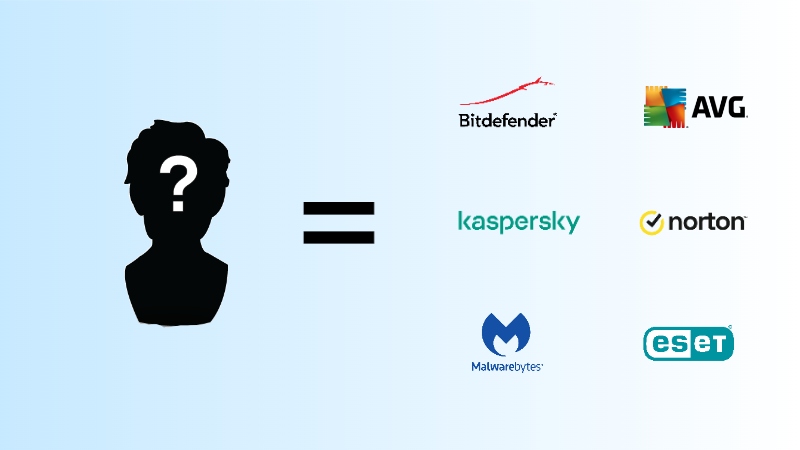
Third-party antivirus software becomes especially important for users – who frequently engage in activities that heighten their exposure to digital threats. This includes working in public places where you might connect to unsecured Wi-Fi networks.
If you also regularly use external drives like flash drives or external hard drives that may be infected, – you’re increasing your risk.
Additionally, – opening unknown or dangerous websites, interacting with hackers or their platforms (downloading or testing illegal apps), visiting adult websites, – or downloading and testing apps from unknown sources – all significantly raise your vulnerability to viruses and attacks.
In these scenarios, – the default security tools built into your computer might not be enough to keep you safe. That’s where a well-rated third-party antivirus program can provide an extra layer of protection – specifically designed to combat these heightened risks.
Is Windows Defender Better than a Paid Antivirus?
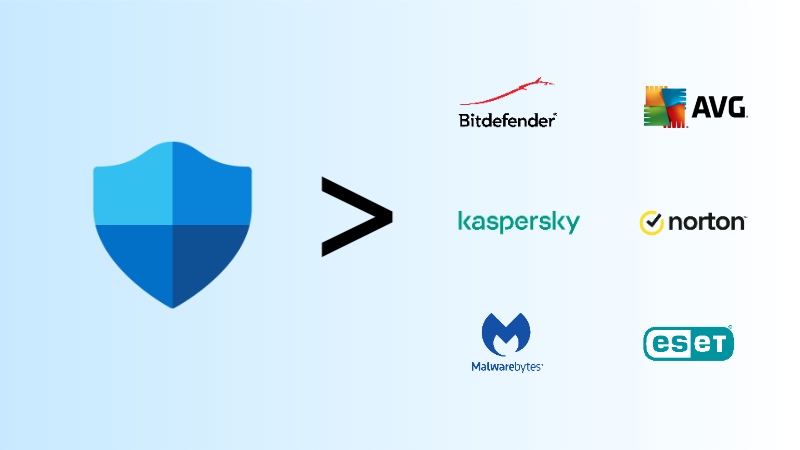
It is not possible to say definitively whether Windows Defender is better than Paid antivirus software, – but it depends on various factors, including the specific needs and preferences of the user as well as – the performance of the antivirus software.
Here are some considerations:
- Effectiveness: Windows Defender has improved significantly over the years and provides decent protection against viruses and malware. But, – Paid antivirus software often offers more advanced features, better detection rates, – and faster response to emerging threats.
- Resource usage: Windows Defender is integrated into the Windows operating system, – so it typically has a lighter footprint than third-party or Paid antivirus software, – which can use more system resources.
- Ease of use: Windows Defender is easy to use because it is built on Windows and requires minimal configuration.
- Paid antivirus software may offer more customization options, — but may be more complex for some users.
- Cost: Windows Defender is free and comes pre-installed with Windows, – whereas Paid antivirus software often requires a subscription fee for full functionality.
- Support and updates: Third-party antivirus vendors may offer better customer support and more frequent updates than Windows Defender, – which relies on Windows Update for updates.
Now, – it’s your decision to choose between a Paid Antivirus or Windows Defender. For a wider range of Features and Protection, – consider Paid Antivirus Software.
Or, if you prioritize Basic Protection, Fast Performance, and Minimal Resource Usage, – Windows Defender is a good option.
Free Antivirus Software
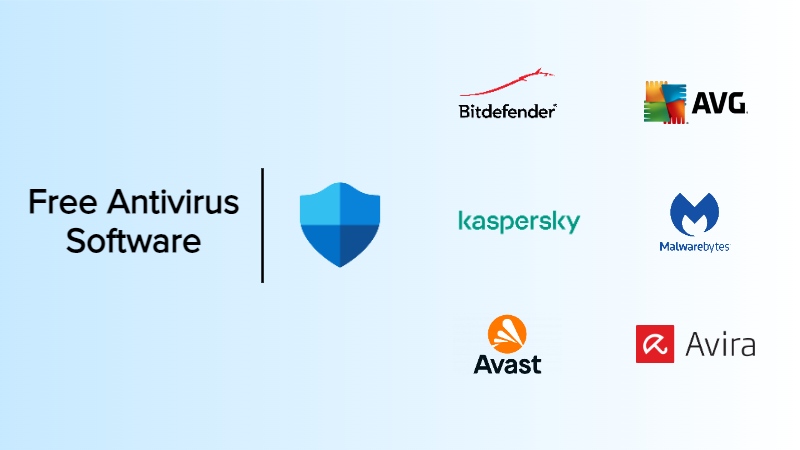
Several Antivirus programs offer free versions that provide basic protection against malware and other online threats.
A notable example is Avast Free Antivirus, – which provides essential antivirus and anti-malware protection at no cost. Another popular option is AVG AntiVirus Free, – which offers similar basic protection.
Other examples include Avira Free Antivirus, BitDefender Antivirus Free Edition, Malwarebytes, Kaspersky, TotalAV, – and Windows-Defender (built into the Windows operating system).
While these free versions offer decent protection, – they often come with limitations compared to their paid counterparts such as fewer features or less comprehensive threat detection capabilities.
Users may also encounter ads or prompts to upgrade to the premium version.
Is it possible to use Windows Defender Simultaneously with a Third-Party Antivirus?
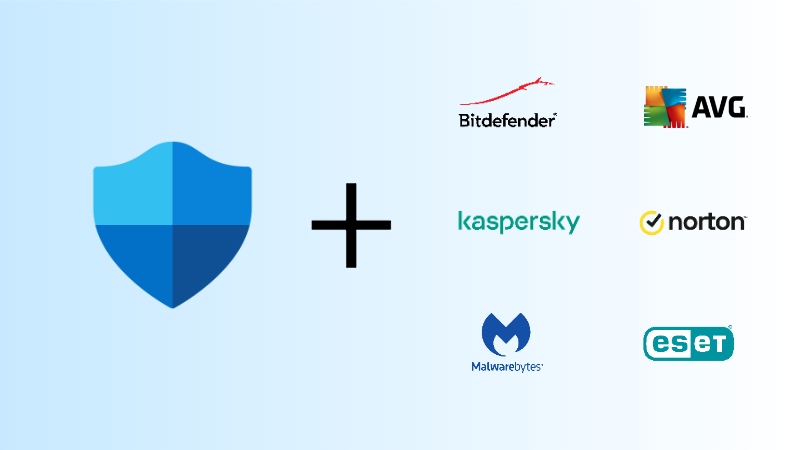
Technically, – it is possible to use Windows Defender alongside a third-party antivirus program on your Windows machine. However, – it’s generally not recommended for several reasons:
- Conflicts: Running two active antivirus programs can lead to conflicts. They might interfere with each other’s real-time scanning and other functionalities, – potentially causing system slowdowns, instability, – and even reduced overall protection.
- Redundancy: Windows Defender has become quite capable in recent years, – offering robust protection against various threats. Unless your specific needs require additional features provided by a third-party antivirus (e.g., advanced parental controls, specific malware protection), – using both might be redundant.
Here’s what happens when you install a third-party antivirus:
- Windows Defender usually gets disabled automatically to avoid conflicts.
- If both programs remain active, – Microsoft Defender might block the third-party program due to potential conflicts.
What we suggest:
- If you’re satisfied with Windows Defender’s protection, – you likely don’t need a third-party antivirus.
- If you choose a third-party antivirus, – ensure Windows Defender is disabled to avoid conflicts.
- Carefully research and choose a reputable third-party antivirus program with features that complement, – not overlap Windows Defender’s capabilities.
Frequently Asked Questions (FAQs)
Q1. Is Microsoft Defender Good Enough on its own?
A: Yes, Microsoft Defender provides decent protection for basic security needs. It’s suitable for many users, – especially those who prioritize simplicity and integration with Windows.
Q2. Why Consider a Third-Party Antivirus over Microsoft Defender?
A: Third-party antivirus programs often offer more advanced features, additional security layers, – and faster response to emerging threats. They may have specialized tools for specific types of protection.
Q3. Do Third-Party Antiviruses work with Microsoft Defender?
A: In most cases, – installing a third-party antivirus automatically disables Microsoft Defender to prevent conflicts. Some third-party options may allow coexistence, – but it’s generally recommended to choose one for optimal performance.
Q4. Are Third-Party Antiviruses Free?
A: Many antivirus providers offer both free and paid versions of their software. While free versions provide basic protection, – paid versions usually come with enhanced features and advanced security tools.
Q5. Do Third-Party Antiviruses Slow Down My Computer?
A: Some third-party antivirus programs may have a slight impact on system performance, – particularly during scans. However, – many modern options are designed to minimize resource usage and run efficiently in the background.
Q6. Is Microsoft Defender Constantly Updated?
A: Yes, Microsoft regularly updates Defender to address new threats. However, – third-party antivirus software may have more frequent updates and quicker response times to emerging risks.
Q7: Can I use both Microsoft Defender and a Third-Party Antivirus Simultaneously?
A: While technically possible in some cases, – it’s generally not recommended. Running two real-time antivirus programs simultaneously can lead to conflicts, performance issues, – and reduced overall protection.
Q8. Are Third-Party Antiviruses Necessary for all users?
A: It depends on individual needs and preferences. Microsoft Defender is suitable for many users, – but those with specific security requirements or who want additional features may find a third-party antivirus more suitable.
Q9. Do Third-Party Antiviruses Offer Better Malware Detection?
A: Third-party antivirus programs often use advanced detection techniques and heuristics, – making them potentially more effective at detecting and mitigating emerging threats than Microsoft Defender.
Q10. Can I Switch between Microsoft Defender and a Third-Party Antivirus easily?
A: Yes, switching between antivirus programs is generally simple. Uninstalling one and installing another is the typical process, – but it’s advisable to follow the specific instructions provided by the antivirus software vendor for a smooth transition.
Q11. Is Microsoft Defender as Effective as Third-Party Antivirus Software?
A: Microsoft Defender is a good antivirus program that is already installed on Windows and is effective for general security features.
However, – third-party antiviruses are often more effective with advanced tools – and the latest options for protection against malware and viruses.
Q12. Does Microsoft Defender provide Adequate Protection against all types of Malware and Viruses?
A: Microsoft Defender offers decent protection against common threats and is completely free. It might not catch the latest or rarest attacks, – and it lacks extra features like parental controls.
If you’re a normal user, – Defender is a good option. Otherwise, – consider a third-party antivirus that offers the latest protection and a wider range of security tools.

